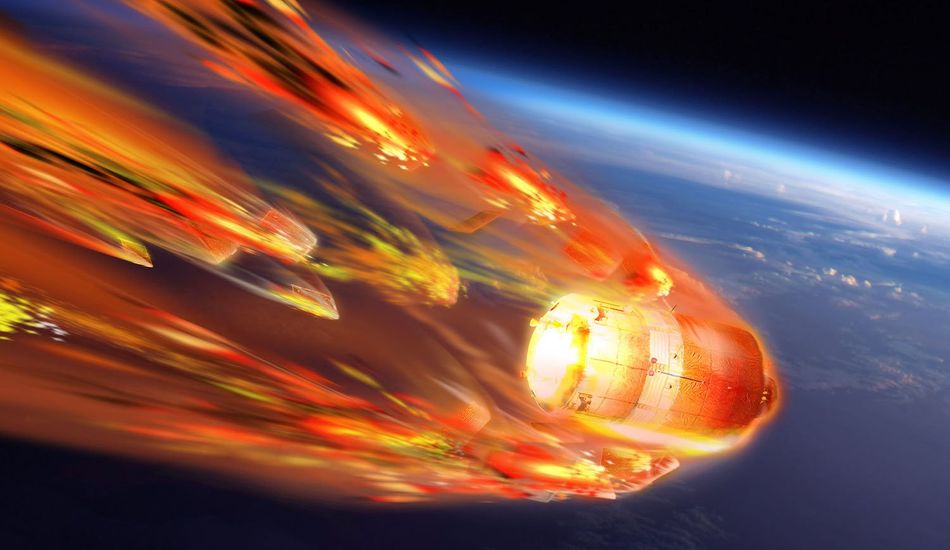
Lost Soviet Probe's Earthly End
After a 53-year journey, the Soviet probe Kosmos 482, originally intended for Venus, concluded its unplanned Earth orbit with an uncontrolled re-entry. The exact location of its impact remains shrouded in uncertainty, despite the efforts of multiple space agencies to track its descent.
Conflicting Accounts and Uncertain Impact
Reports from various sources, including Roscosmos, the European Space Agency (ESA), and the U.S. Space Force, vary significantly regarding the precise time and location of the re-entry. This discrepancy, coupled with the probe's high velocity, makes pinpointing the impact zone exceptionally difficult. Even minor variations in the estimated re-entry time could translate to a substantial shift in the potential landing site, ranging across hundreds of kilometers.
A Doomed Mission From the Start
Launched in 1972, Kosmos 482's mission to Venus was doomed from the outset. A malfunction during an engine burn prevented it from achieving the necessary velocity to enter a transfer orbit. This failure resulted in the probe becoming trapped in an elliptical Earth orbit, where it remained for over half a century.
The probe, designed to withstand the extreme temperatures of Venus, was likely partially intact upon atmospheric re-entry. However, the lack of visual observations or recovered debris leaves its ultimate fate ambiguous. It may lie at the bottom of the Indian Ocean or have disintegrated during its fiery descent.
The saga of Kosmos 482 serves as a potent reminder of the unpredictable nature of space exploration and the challenges inherent in tracking and managing even relatively large objects orbiting our planet.
Source: Gizmodo